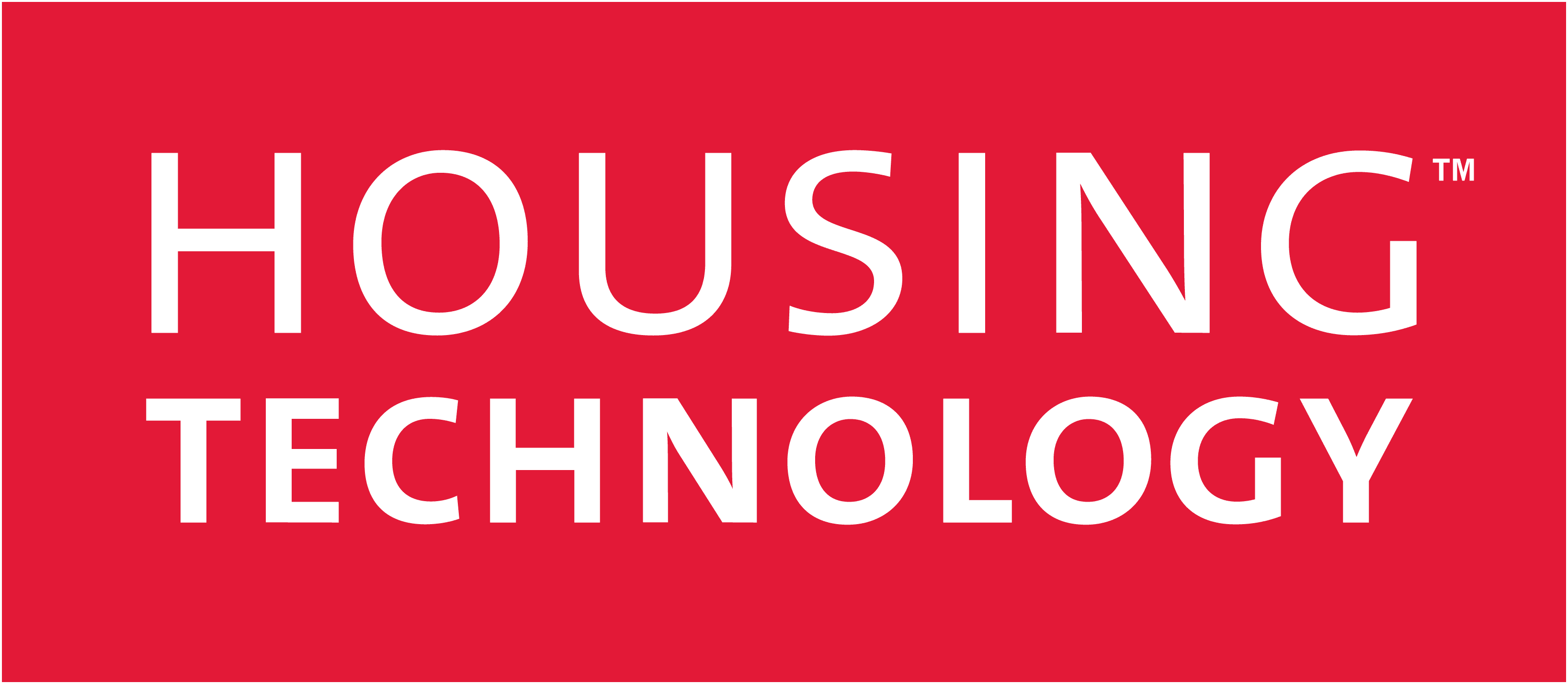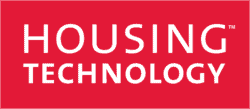Peter Fitzhenry, managing director of Golden Gates Housing Trust, explains how the housing provider has generated savings of over £1 million in the last 12 months in addition to other non-cashable reductions and £500,000 in reduced building capital costs by introducing new technologies and processes.
As government changes necessitate cashable reductions to ensure the future financial viability of the social housing sector, cash is increasingly becoming king. The question for housing providers is how to generate cashable savings and how to do so quickly.
By implementing and integrating new insurance administration, neighbourhood management and GIS systems, Golden Gates is achieving significant cost savings where it matters most, while also realising unexpected benefits across other services.
One year on
Following a review one year after implementing our changes, we have already shown savings of over £1 million, with similar savings expected every year from now on. The savings include:
£50,000 through not providing desks for our neighbourhoods team in our new head office because staff now work in the field rather than coming to the office. In addition, one-off capital savings of around £500,000 have been made.
The number of ASB cases has been reduced by 20 per cent and legal fees cut by over £40,000.
£250,000 in staff savings by moving the neighbourhood team to a field-based operation including reduced travel costs.
Paper, print and stationery costs dropped by over £30,000.
Income collection now at 99 per cent, saving £92,000.
Voids reduced to just over one per cent, saving £64,000.
Gas inspections at 100 per cent every month for over a year.
Estimated £100,000 insurance claims savings annually by way of insurance premiums being held at 2013/14 levels.
Bringing insurance administration in-house gives us access to detailed data from which we can better manage our cases and we have the data to assist with identifying any fraudulent claims.
Insurance claim repudiation rates have risen from 41 per cent to 87 per cent, consequent on the introduction of an inspection regime, and the amount set aside in a holding account for this year’s claims has dropped by £15,000 (this is expected to be considerably higher next year) and the amount expected to be paid out in satisfaction of claims has dropped by £87,000, which should also increase next year.
Effecting change in housing
Welfare reform was the catalyst for our management team to look at how revenues could be maintained and costs reduced. We concluded that much closer relationships with our tenants, involving primarily face-to-face contact, was vital. Consequently, our neighbourhoods team was restructured with a new focus on more generic working, with staff managing their own small geographic areas. Any functions that can be handled in the field are done by the neighbourhoods team, expanding their role.
Work began in early 2014 following a brief pilot to assess the use of iPads and iForms and a new mobile working solution system was designed from scratch to support the need for:
Neighbourhood officers to be the primary contact for tenants on their patch.
All data from the housing management system that was necessary for neighbourhood officers to do their job to be available on their iPads at all times, whether a network signal is available or not. This enables them to deal with all queries and complete all actions in a single visit.
The replacement of paper forms with pre-populated iForms to address all functions for which the team is responsible. Data entered on these iForms is automatically attached to the tenant record, and the data is automatically updated into the housing management system.
Chip & Pin payments to be collected via iPads, with over £100,000 collected in the first year.
Accommodating photos, scanning, text, keyboard and signatures via the iPads.
Shared calendars between outside staff and our call centre.
Reducing calls from tenants and workload for our call centre.
This mobile working solution has now been redeveloped as an app for iPads or smartphones by our supplier, Footprint Solutions, under its Housing Support Pro banner.
We also gained a number of unexpected benefits; during discussions with insurance provider, Zurich, it became clear that significant cash could be saved by implementing claims administrative software combined with a formal inspection regime.
And because everything we do happens somewhere, we introduced a geographic information system to graphically represent our data against a backdrop of a map. In that context, we use it to identify whether land and properties belong to us or not, and for identifying where insurance claims occur in conjunction with the iForms used for insurance inspections. Data from our housing management system is shown by patch. Neighbourhood officers and caretakers now identify where repairs are needed and hence reduce claims as well as improve estates. Photos are taken to record the state of the estates for use in claims management.
Procurement vs. framework
Considerable interest has been shown by housing providers across the country in adopting our neighbourhoods system, in particular as a corporate mobile system. In order to save them having to go through the OJEU process, we set up a framework agreement, open to all housing providers and local authorities who can each save around £40,000 by not having to go through a tender process and also save several months in time, so bringing forward the returns from the investment.
All implementation and commercial contact is handled by Footprint Solutions until a decision to procure is made. At that point contact is made with us and an Access Agreement is signed, followed by a contract with Footprint Solutions.
Basis for success
Without joined-up thinking and the resulting integration between the software, much of the savings achieved to date, with more expected in the future, would not be possible.
Returns on investment will not be maximised without data being complete, accurate, and accessible. With staff on the streets, there is no excuse for not having the latest data and for filling in any gaps in the data. Surveys are easily implemented as are changes to iForms necessitated by business change or the need to collect data not previously required (welfare reform is a good example, as is digital inclusion). Similarly, new systems without new processes will never generate the benefits expected.
If costs are to be turned into investments with cashable returns, it follows that speed of implementation is of the essence. Every unnecessary day’s delay in implementation is a day’s return on investment wasted.
The ‘plug and play’ implementation approach means that you can log into the cloud and be up and running within days with a limited range of functionality, phasing in the rest at a speed you wish. You could use the library of (some 60+) iForms already being used by other housing organisations. These are branded with your logo so you can be up and running quickly and then make changes as and when you want to, specific to your organisation.
The housing sector is relatively open in comparison to other sectors; the more housing providers coming on-board to use the system, the more innovation and new ideas can come about on how to improve the system.
Peter Fitzhenry is managing director of Golden Gates Housing Trust.


